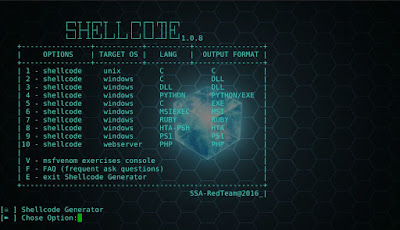Really Micro Machines: Molecular Cars Prep for First-Ever Race
The race is made conceivable by a stand-out scanning burrowing magnifying lens (STM) at the National Center for Scientific Research (CNRS) in Toulouse, France, that gives four clients a chance to manipulate atoms on the same surface simultaneously. Four freely operated ultrafine metallic tips convey electrical heartbeats that will move the alleged "nanocars" along a racetrack made of gold atoms.
Six teams made it through to the final round, according to the race organizers. Originally, four teams would have been chosen earlier today to take part in tomorrow's race, however the organizers ultimately chose that all the teams ought to participate. This means two teams will control magnifying instruments remotely from their own labs — one in Ohio and the other in Graz, Austria. [Magnificent Microphotography: 50 Tiny Wonders]
A live stream of the race will start at 10.45 a.m. local time in France (4:45 a.m. ET) on the opposition's YouTube page. In the event that that start time is a tad early for you, there's no compelling reason to stress; the race could take up to 36 hours, so there will be a lot of time to tune in.
The occasion's organizers said it is something other than a spectacle. Watchers will witness a major international science probe controlling single-atom machines in real time, the organizers said.
"We don't really know with this technology what we will receive in return. Will it do classical things like motors or PCs? We don't have the foggiest idea," Christian Joachim, a senior researcher at CNRS and director of the NanoCar Race, told Live Science. "At this moment, we are recently opening up the technology and science."
Organizers said they trust these sorts of machines will one day allow researchers to develop gadgets atom by atom, which could have broad applications for everything from pharmaceutical to microelectronics. Navigating the racecourse will be a first demonstration of the ability to store and control numerous single-particle machines on the same surface, Joachim said, an essential for these sorts of future applications.
Amid tomorrow's race, each team will be given a particular sector of the gold racetrack and several of their nanocars will be placed on the course. This not an exceptionally exact process, however, and some of these cars will probably wind up in other competitors' areas, so the teams will then have 6 hours to clean their segments, the race organizers said.
The teams will then have to map the position of gold atoms along their tracks so they can create strategies for how to tackle the course.
Once the race starts, the teams should impel their nanocars along a 20-nanometer-long extend (a nanometer is one-billionth of a meter), make a 45-degree turn, proceed with a 30-nanometer-long extend, take another 45-degree turn and then complete with a 20 nanometer extend to the end goal. Counting the turns, the total length of the course will be approximately 100 nanometers.
All these developments have to be controlled by electrical heartbeats, and pushing the nanocar with the magnifying instrument tip is prohibited, the race organizers said. While several of the nanocars taking part in the opposition have similar layouts to conventional car designs, (for example, having wheels), others depend on totally extraordinary models of impetus acquired from things as varied as caterpillars, hovercraft and windmills.
The race fenced in area will be cooled to less 516 degrees Fahrenheit (short 269 degrees Celsius) utilizing fluid helium so that the particles don't move spontaneously. Be that as it may, the helium stores will run out after 36 hours, subsequently as far as possible for the race, the organizers said. The victor will be the principal team to reach the end goal or the one farthest along the track at the finish of the allotted time, the organizers added.
It has taken over three years for the teams to design their nanocars and for the organizers to prepare the racecourse, and Joachim said he is anticipating taking a holiday after the race.
"It resembles sending somebody to the moon," he said. "Everything has to be synchronized, and you have to make beyond any doubt everything is ready in time for D-Day. It is a significant large undertaking."



Comments
Post a Comment